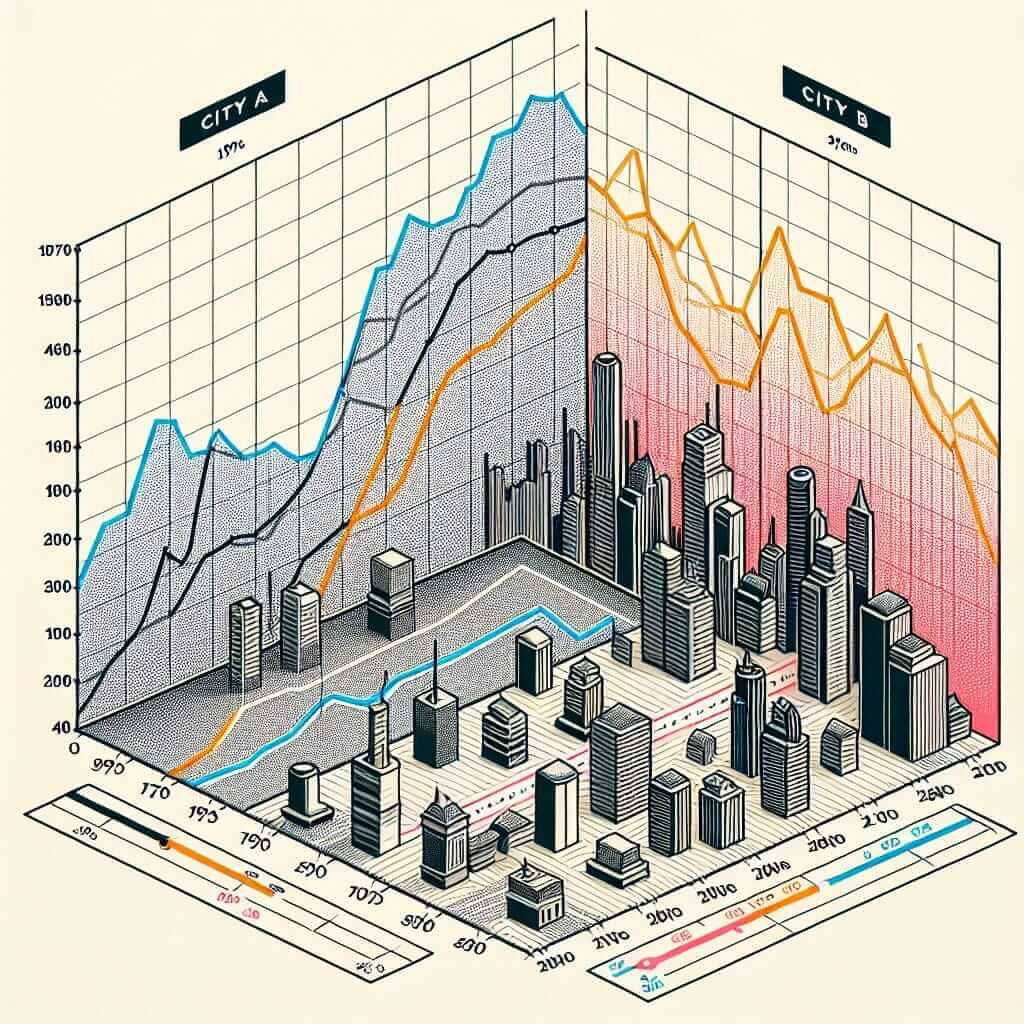In the IELTS Academic Writing Task 1, you’ll be asked to describe visual data, often in the form of charts, graphs, or tables. A key skill for achieving a high score is knowing how to effectively group data. This involves categorizing similar pieces of information to present a clear and concise analysis. This guide will delve into the importance of data grouping, provide a step-by-step approach, illustrate it with real IELTS examples, and equip you with essential tips for success.
Nội dung bài viết
Why is Grouping Data Important?
Imagine trying to describe a complex chart with dozens of individual data points – it would be overwhelming for both you and the examiner! Grouping data helps you:
- Simplify complex information: By categorizing data, you create a clearer picture and highlight the most significant trends.
- Demonstrate analytical skills: Effective grouping showcases your ability to interpret and synthesize information, a key assessment criterion in IELTS Writing.
- Improve coherence and cohesion: Grouping provides a logical structure to your writing, making it easier for the examiner to follow your analysis.
How to Group Data Effectively
1. Analyze the Visual Carefully
Before you start writing, take a moment to fully understand the data presented. Ask yourself:
- What is the main topic? What is the chart or graph actually about?
- What are the units of measurement? Percentages, numbers, years, etc.?
- Are there any obvious trends or patterns?
2. Identify Similarities and Differences
Look for data points that share common characteristics. This could be based on:
- Time periods: Group data from similar years, decades, or quarters.
- Categories: Combine data for related groups, such as age ranges, product types, or geographical regions.
- Values: Group data points that show similar trends (increasing, decreasing, stable) or fall within a specific range.
3. Determine the Optimal Number of Groups
Avoid having too many or too few groups. Aim for a manageable number (usually 2-4) that allows you to highlight the most significant information without oversimplifying the data.
4. Provide Clear Labels for Your Groups
Use concise and descriptive labels that accurately represent the data within each group. For example, instead of saying “Group A” and “Group B”, use meaningful labels like “Early 2000s” and “Late 2000s” or “Urban Population” and “Rural Population.”
Example: Grouping Data from a Line Graph
Let’s say you’re presented with a line graph showing the population of two cities over a 50-year period. Instead of describing each year individually, you could group the data into decades (e.g., 1970s, 1980s, 1990s, 2000s, 2010s) and analyze the population trends within each decade for both cities.

Tips for Success
- Don’t over-group: While simplification is key, avoid grouping data to the point where important variations are lost.
- Justify your grouping: Briefly explain the rationale behind your chosen groupings within your report. For instance, “The data has been grouped into two categories: developed countries and developing countries.”
- Use a variety of language: Employ a range of vocabulary and grammatical structures to describe your groups and their trends.
- Practice makes perfect: The more you practice grouping data from various IELTS Task 1 examples, the more confident you’ll become in applying this essential skill.
Conclusion
Mastering the art of grouping data is crucial for success in the IELTS Academic Writing Task 1. By analyzing the visual information carefully, identifying meaningful groups, and presenting your findings coherently, you can effectively demonstrate your analytical skills and achieve a higher band score. Remember to practice regularly and familiarize yourself with different types of data visualizations to build your confidence. Good luck!